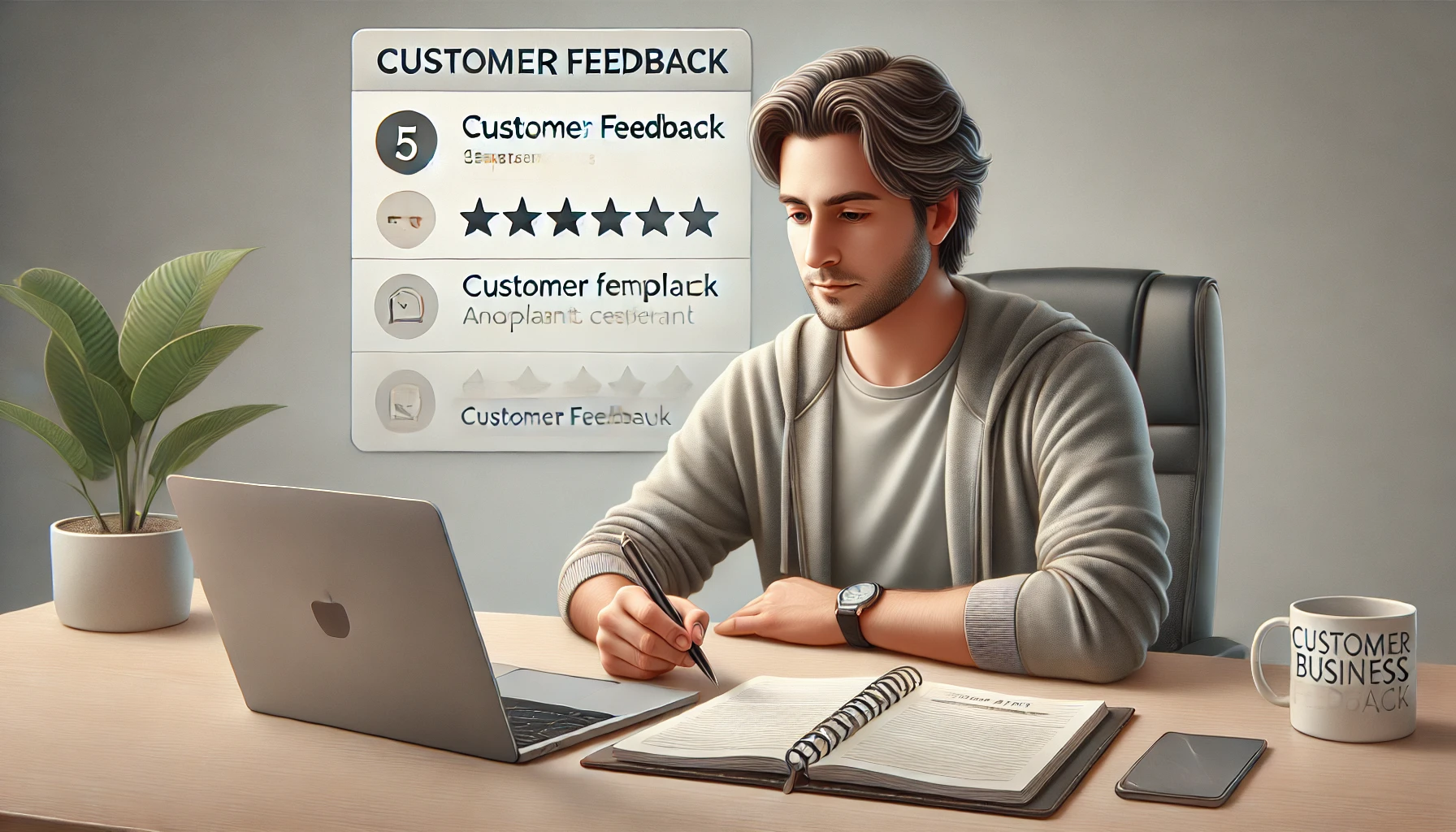Customer feedback is one of the most powerful tools for improving your business, building trust, and creating long-term relationships with your audience. Whether it’s a glowing review or a harsh complaint, feedback helps you grow — if you know how to handle it right.
Let’s break down how to respond to all types of feedback in a way that strengthens your business and your brand.
Why Feedback Matters
Here’s what customer feedback can do for you:
- Show you what’s working (so you can do more of it)
- Reveal areas that need improvement
- Give you powerful testimonials for marketing
- Help you build deeper relationships with your customers
- Increase customer loyalty through honest communication
Even negative feedback is a gift — it shows that someone cared enough to share their thoughts.
How to Handle Positive Feedback
1. Acknowledge It With Gratitude
When someone leaves a nice comment or review, don’t ignore it.
- Respond with genuine thanks
- Mention something specific they said
- Use their name if appropriate
Example:
“Thank you so much, Laura! I’m so glad the planner helped you feel more organized — that means a lot to me!”
2. Ask for Permission to Share
Turn that happy customer into social proof!
- Ask if you can repost their message or review
- Use it in your testimonials or marketing materials
- Create graphics or stories featuring their feedback
Positive feedback builds trust with new potential customers.
3. Use It to Reinforce Your Strengths
Look for patterns in your positive feedback:
- Are people loving your speed?
- Do they praise your communication or design?
- Do they say your product solves a specific problem?
Use those words and insights in your messaging. Your customers are telling you how to sell to more people like them.
How to Handle Negative Feedback
1. Don’t Take It Personally
It’s hard — especially when you care deeply about what you do.
But remember: negative feedback isn’t about you as a person. It’s about a moment, an experience, or an expectation that wasn’t met.
Breathe before you reply.
2. Respond Quickly and Calmly
A good response can turn a frustrated customer into a loyal one.
- Start by thanking them for their honesty
- Apologize if necessary (even if it’s not your fault)
- Offer a solution or ask for more details
- Stay professional and kind
Example:
“Hi Michael, thank you for your feedback. I’m really sorry the delivery took longer than expected. I understand how frustrating that can be. I’m checking with the courier now and will keep you updated.”
3. Take the Conversation Private (If Needed)
For sensitive issues, move the discussion off public channels.
- Offer to email or call them directly
- Show that you’re willing to fix the issue personally
- Avoid long back-and-forths in the comment section
People respect transparency — but they also respect professionalism.
4. Learn From the Criticism
Negative feedback is valuable if you use it.
- Is there a recurring complaint about your process?
- Are people unclear about your offer?
- Did something break that you weren’t aware of?
Use this as an opportunity to improve your systems, messaging, or customer service.
5. Don’t Argue or Blame
Even if you feel the feedback is unfair — stay calm. Arguing makes things worse.
Instead:
- Acknowledge their frustration
- Clarify if needed — respectfully
- Focus on resolution, not defense
A graceful reply says more about your business than the complaint itself.
How to Encourage More Feedback
Make It Easy
Ask for feedback after:
- A product is delivered
- A service is completed
- A customer has had time to use your offer
Use simple questions like:
- “How was your experience?”
- “Anything we could do better?”
- “Would you recommend us to a friend?”
Offer Incentives
You can gently encourage feedback by offering:
- A discount on their next purchase
- Early access to a new product
- A thank-you gift or free resource
Make sure it’s optional and not pushy.
Be Present and Engaged
The more connected you are to your audience, the more likely they are to share.
- Reply to DMs and comments
- Ask questions in stories or emails
- Check in post-purchase
Engaged businesses get more feedback — and better loyalty.
Final Thoughts: Feedback = Fuel
You don’t need to fear feedback. You just need to listen to it with open ears and use it to get better.
Every message — good or bad — is a chance to:
- Serve better
- Grow stronger
- Connect deeper
- Sell smarter
So the next time feedback comes your way, don’t flinch. Smile. Say thank you. And use it as the tool it was meant to be.
Next, I’ll create a realistic image to illustrate this article — then we’ll jump into Article 28: How to Create a Simple Content Plan for Your Business. Stay tuned!
